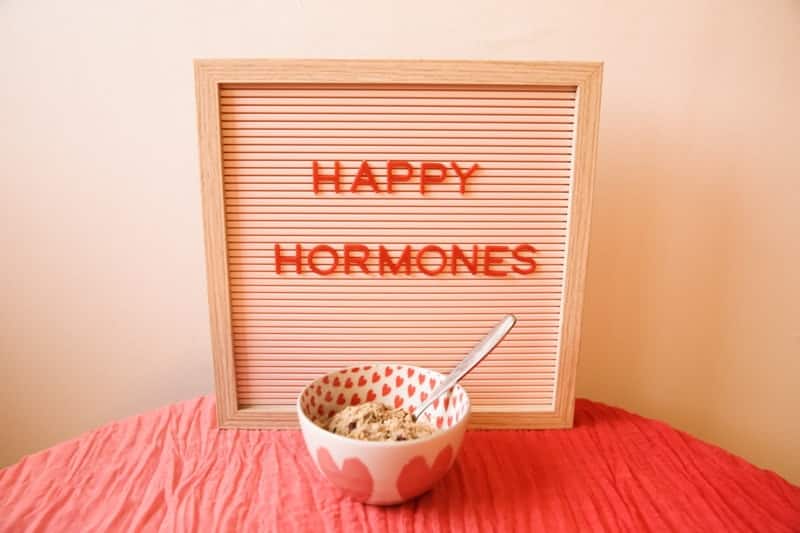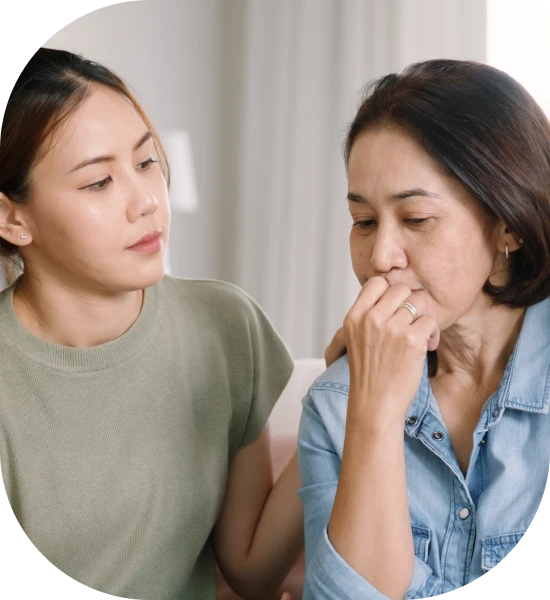Chronic bloating. Lower back pain. Fatigue that lingers even after rest. These are symptoms […]

Hormone replacement therapy (HRT) is used to treat symptoms of menopause, and is also prescribed for women with premature ovarian insufficiency (POI). It is important to note that the risks of HRT discussed here do not apply to women with POI.
These include:
These include:
HRT can be cyclical (you will still bleed monthly) or continuous (you will not have any periods). There are many routes (which may be used in combination) including:
In general, skin preparations come with less side effects and risks.
It is common to have erratic bleeding for the first 3-6 months; if this persists, you will need to see your gynaecologist for further checks.
The estrogen component of your HRT may cause side effects such as breast tenderness, headaches, nausea, bloatedness. The progesterone component of your HRT may cause side effects such as water retention, weight gain or mood swings; there are different types of progesterone and your dose can be adjusted if this is so.
In general, the risks of HRT are higher if you start it at an older age and further away from menopause. If you are over the age of 60, HRT is not recommended at all. There are ways to reduce the risks of HRT by changing the dose and route of HRT e.g. using skin preparations and taking both estrogen and progesterone if you have a uterus (rather than estrogen alone).
Remember that the aim of HRT is to achieve relief of your symptoms with the lowest dose and shortest duration possible, and you should discuss this with your gynaecologist.
Chronic bloating. Lower back pain. Fatigue that lingers even after rest. These are symptoms […]
Many women live with Polycystic Ovary Syndrome (PCOS) without realising fact from fiction. This […]
Within the realm of women’s health, the terms “fibroids” and “cysts” are often mentioned […]





Aster Gynaecology © | All Rights Reserved.